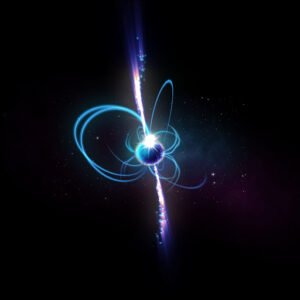Project area/S
- Extragalactic radio astronomy/ Fast Transients and Pulsars/ Accretion Physics And Slow Transients
Project Details
Our team has discovered unusual, slowly-repeating transient radio sources in the archives of the Murchison Widefield Array, a radio telescope operating in the Western Australian outback. These radio emitters may be unusual types of neutron star, or possibly highly magnetic white dwarfs: either way, the discoveries were entirely unexpected, and have opened up a new challenge in astrophysics. The MWA has collected more than 20PB of data spanning nearly a decade of operations, and we have processed hundreds of hours of it into images that could be searched for more transient events. We can either do this blindly, in which case the project will involve searching the data and improving our detection algorithms; or, we can target specific sources such as highly magnetic white dwarfs in binary systems, selected from optical catalogues. Combining measurements across optical, radio, and X-ray can then reveal what the transient sources are and how they generate radio emission.
Student Attributes
Academic Background
Basic knowledge of astronomy and statistics such as mean, variance, and error propagation.
Computing Skills
Experience with Linux and Python would be desirable, but any programming experience would be fine.
Training Requirement
Plotting with matplotlib and python. Supercomputing to produce further images to search is an option for the interested student.
Project Timeline
- Week 1 Inductions and project introduction
- Week 2 Initial Presentation
- Week 3 Training on visualisation software and python
- Week 4 Extract light curves from transient image cubes
- Week 5 Search large volumes of data
- Week 6 Cross-match discoveries against public catalogues to understand them
- Week 7 Optional extension: process further data towards interesting detections
- Week 8 Consolidate results and compare conclusion with other surveys in the literature
- Week 9 Final Presentation
- Week 10 Final Report

An artist’s impression of an ultra-long period magnetar, the type of
extreme source that this project aims to detect.

